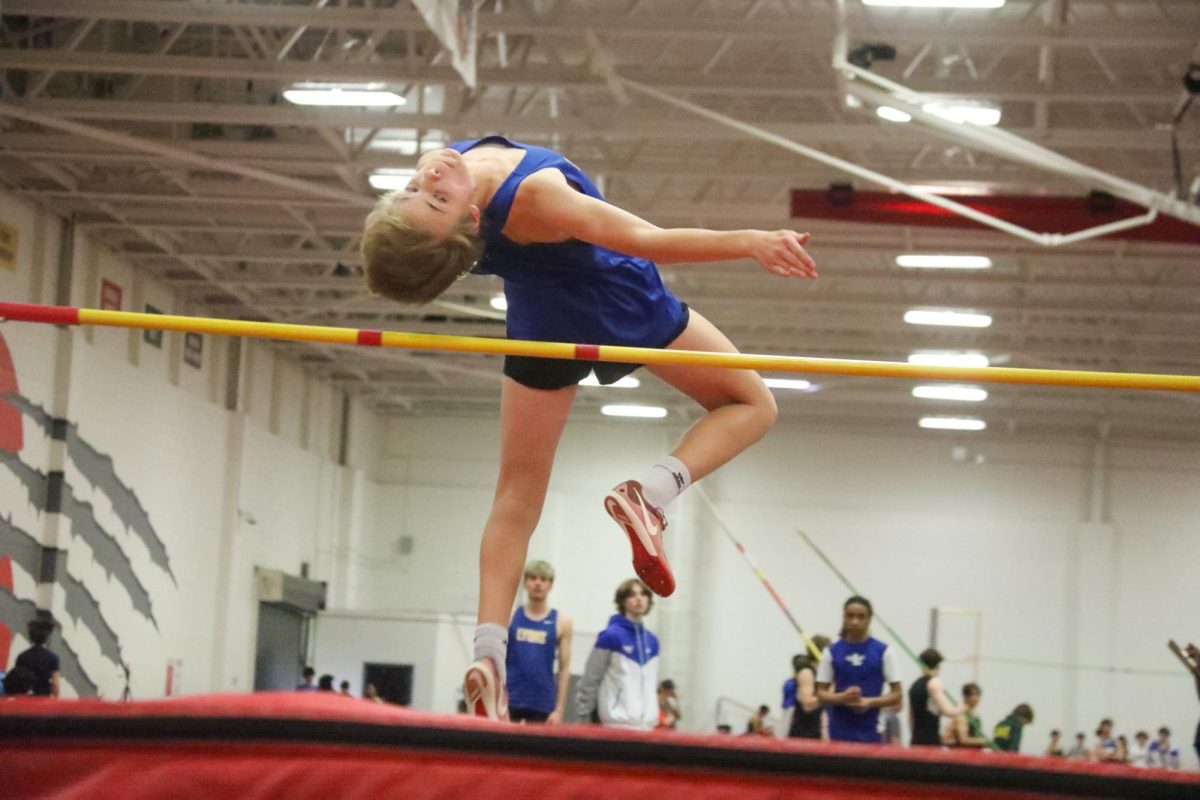Monkeypox poses epidemic risk to community
Health authorities hold concern after outbreak
September 20, 2022
With the apparent reduction in COVID-19 cases, a potential pandemic is still at large: monkeypox (also referred to as MPV).
“The best way to protect yourself from monkeypox is to avoid skin-to-skin contact with anyone who has a rash that looks like monkeypox,” according to a CDC article: “What You Need to Know about Monkeypox if You are a Teen or Young Adult.”
LT should keep track of cases in a similar fashion to COVID-19 case monitoring, Future Healthcare Professionals Club sponsor Sylvia Tanious said. Despite Tanious’s unfamiliarity with the current area statistics, adding that she is not a trained physician, or medical professional, she advises to err on the side of caution.
“I think [students] should be concerned about their own health and wellness overall,” Tanious said. “Post [COVID-19], there is a lot of concern with transmission; so I think being mindful of who you’re around, and washing your hands frequently is overall good for anything.”
An ideal school policy towards monkeypox would be similar to that of COVID-19’s, Tanious said.
According to the Illinois Department of Public Health, there are currently 1,180 cases of monkeypox in Illinois. A map on the same site shows 946 cases (“probable and confirmed”) residing in the Chicago area (as of mid-September). Also included are 119 cases in Cook County and 20 in DuPage.
“[LT] went through a lot to make sure that students who were identified with [COVID-19] in the past [had] contact tracing [and were] mindful of which classes they were in and who they were sitting with,” Tanious said. “I think they have a really good protocol already if the need arises for us to roll that out with monkeypox.”
The CDC article states that transmission is possible through a drop of liquid from contaminated people (similarly to COVID-19), but unlike COVID-19, it can also be passed through physical surfaces.
“You can get monkeypox [from] spit droplets during close conversation and kissing,” the CDC article said. “You can also get monkeypox from contact with objects, fabrics (clothing, bedding, or towels), and surfaces that have been used by someone with monkeypox.”
It’s important to maintain a normal lifestyle even with the sustained presence of both monkeypox and COVID-19.
“I would like to think we’ve kind of made it to the other side,” Tanious said. “I think just being mindful of vaccines and isolating when you’re sick [based on that] people have become a lot more mindful of not visiting immunocompromised, elderly, or newborns [if one is sick].”
The CDC suggests maintaining distance from those who might have monkeypox. They stress the importance of avoiding contact with them (including things that they have touched) and wearing masks (both parties) if being in the same vicinity.
“I’m sure people who do have underlying conditions are being mindful of who they are around [and] what they need to do: if they need to wear a mask, wash their hands, not travel [or] not be in crowded areas,” Tanious said. “I’m sure it also varies person to person [so] it’s hard to say there’s one answer for all.”
The CDC recommends visiting a clinic or your healthcare professional if you think you have monkeypox. They stress the importance of covering your rashes, wearing a mask, keeping your distance, and refraining from touching your eyes.
“I think that we’ve become a little more conscious about being around people when we aren’t feeling great,” Tanious said. “I like to think we’ve become more conscious of that and more thoughtful of others regardless of what the condition [is].”
Monkeypox recently took the life of its second victim in the U.S. The total amount of cases as of Sept. 13 is 57,000 with a total death count worldwide of 22, according to the Nature publication.
“It’s a tragedy,” Grace Butler ‘24 said. “We should take it more seriously.”



















![Movie poster for '[Rec]" (2007).](https://www.lionnewspaper.com/wp-content/uploads/2023/04/rec-640x900.jpg)


